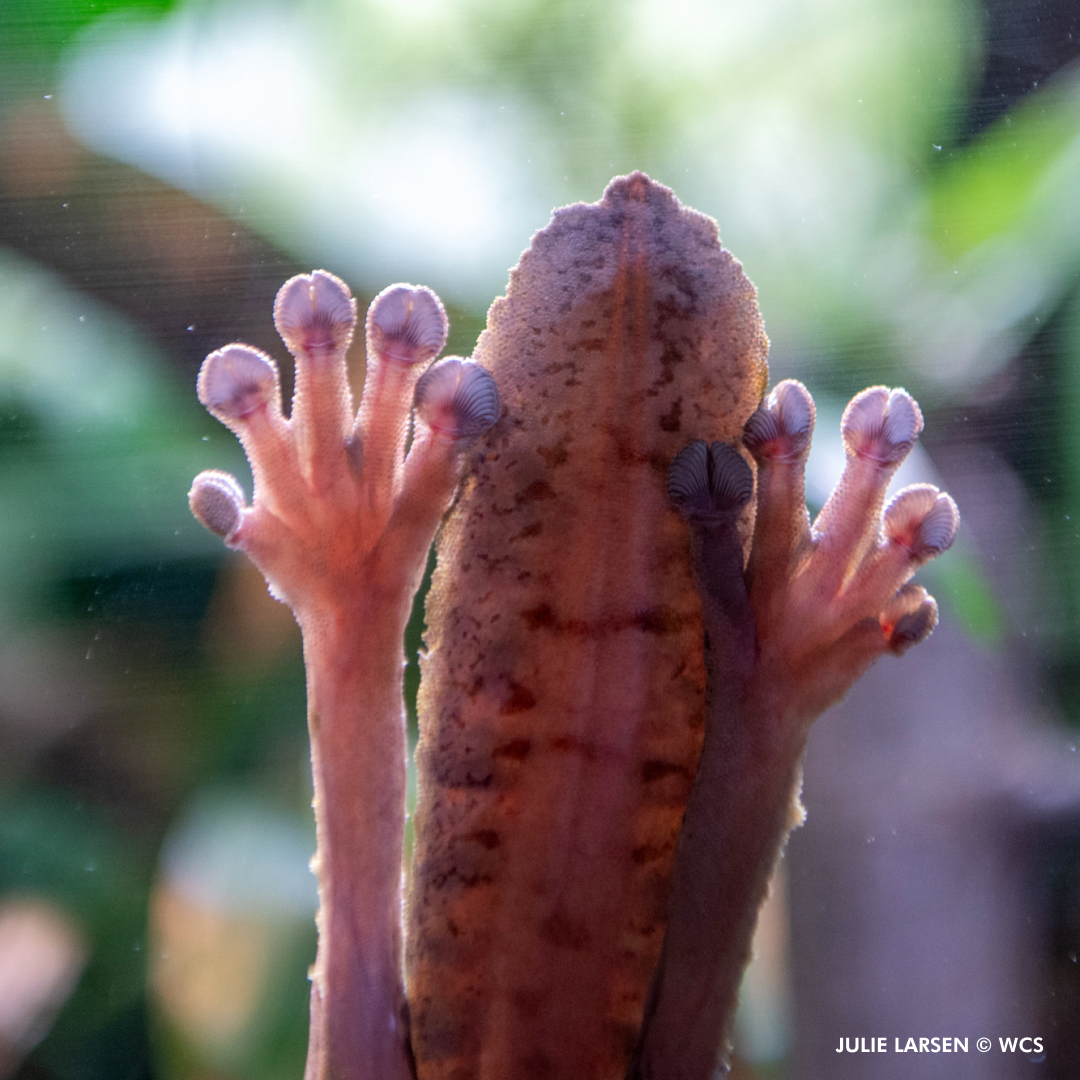– Discover the incredible adhesive abilities of the leaf-tailed geckos in the World of Reptiles.
– Learn about the microscopic structures on gecko toes that enable their unique sticking power.
– Explore the intermolecular forces that allow these fascinating lizards to defy gravity.
– Understand how geckos use their remarkable climbing skills to survive and thrive in their habitats.
– Delve into the potential technological advancements inspired by gecko foot mechanics.
Have you ever marveled at the acrobatic feats of geckos? These intrepid reptiles are known for their death-defying climbs, scaling vertical surfaces with the ease of a superhero. In particular, the leaf-tailed geckos – a crowd favorite in our World of Reptiles – have an almost magical mastery over gravity. Yet, as with most wonders of the natural world, science has an explanation for their Spider-Man-like abilities.
These geckos seem to break the rules, walking up walls, sticking to ceilings, and clinging to smooth glass. This might seem like a sticky situation, but it’s a matter of sophisticated chemistry and physics for them—the secret lies in the construction of their toes. The soles of a gecko’s feet are far from ordinary – they are equipped with an array of tiny hairs known as setae. These setae divide into hundreds of even finer strands named spatulae. It is at this minuscule level that the magic happens.
Imagine the gecko foot as a city brimming with microscopic pillars, each a beacon of attraction to surfaces. These spatulae form weak, temporary bonds with the molecules they encounter – a phenomenon known as van der Waals forces. These forces cause a balloon to stick to your hair after you rub it on your head. Geckos, however, have refined this into an art form – using these forces to hang on by a single toe or scurry across a ceiling without missing a beat.
But how does this amazing footwork function in the life of a gecko? Beyond the spectacle, their adhesive toes are a matter of survival. In their natural habitat, avoiding predators often means quickly escaping up a nearby tree or over a rock. Similarly, hunting down an insect meal might require stealth and agility across various surfaces. The gecko’s climbing prowess gives it access to food and safety less vertically-inclined creatures can’t reach.
Perhaps even more intriguing are the implications of this natural technology for our human world. Scientists and engineers look to these reptilian acrobats for inspiration. Known as biomimicry, this approach seeks to solve complex human problems by emulating nature’s time-tested patterns and strategies. Imagine gloves that let rescue workers climb easily to reach those in danger or medical adhesives that close wounds without staples or stitches. The future possibilities seem as unlimited as the surfaces geckos can traverse.
Despite their remarkable climbing skills, geckos sometimes do fall. Fascinatingly, even in this, they show remarkable adaptability. Their tails can help stabilize them as they slip, and should they detach during an escape, they can regenerate these appendages. Far from being a simple party trick, their sticky toes have evolved into a sophisticated survival toolkit.
All of this toe-tal prowess begins from the moment they hatch. Baby geckos aren’t given a tutorial on clinging or climbing – they inherently know how to make the most of their anatomical gifts. This intrinsic ability demonstrates how deeply ingrained these physical characteristics are in their everyday existence.
During your next visit to watch our leaf-tailed friends in action, take a moment to consider the complexity beneath what might initially seem like a simple locomotion. From the countless microstructures on each toe to the invisible intermolecular forces at work, geckos represent a master class in biological design.
But geckos aren’t just interesting for their wall-walking ways; they are also a part of a larger environmental tapestry. Each species plays a role in the delicate balance of their ecosystems. Some gecko species act as pollinators, while others help control insect populations. When you observe these humble inhabitants of our World of Reptiles, you can glimpse a broader ecological tale.
As you watch in awe the next time one of these spectacular creatures effortlessly moves along a glass pane, remember just how astounding their unseen attributes are. Reflect on how these reptiles, and so many components of the natural world, continuously educate and influence us, offering us novel solutions to our modern difficulties.
In their silent way, geckos remind us to look closer, to appreciate the small and intricate, and to remain ever curious about the mechanisms that govern life’s abundant variety. This is the true wonder of our lizardly companions – the graceful poetry in their every step, the silent symphony played out on the walls of their world and, in turn, ours.
Just as a gecko explores the world with every pad of its foot, we, too, can learn to appreciate the subtle yet powerful connections that bind all life together. Whether you’re a casual observer or a seasoned nature enthusiast, there’s always an opportunity to deepen our understanding of the fascinating world we share with these expert climbers. Next time you find yourself in the World of Reptiles, give a nod to the leaf-tailed geckos for the tiny yet immense ways they challenge our understanding of the possible.
*****
Source Description
You might have noticed the leaf-tailed geckos in our World of Reptiles. Geckos can walk up walls, stick to ceilings, and cling to glass. Chemistry is their sticky secret! Their toes are covered with tiny hairs tipped with hundreds of even finer bristles. Molecules on these bristles are attracted to the molecules on surfaces like walls and glass. They connect with a temporary bond that helps the gecko stick!


